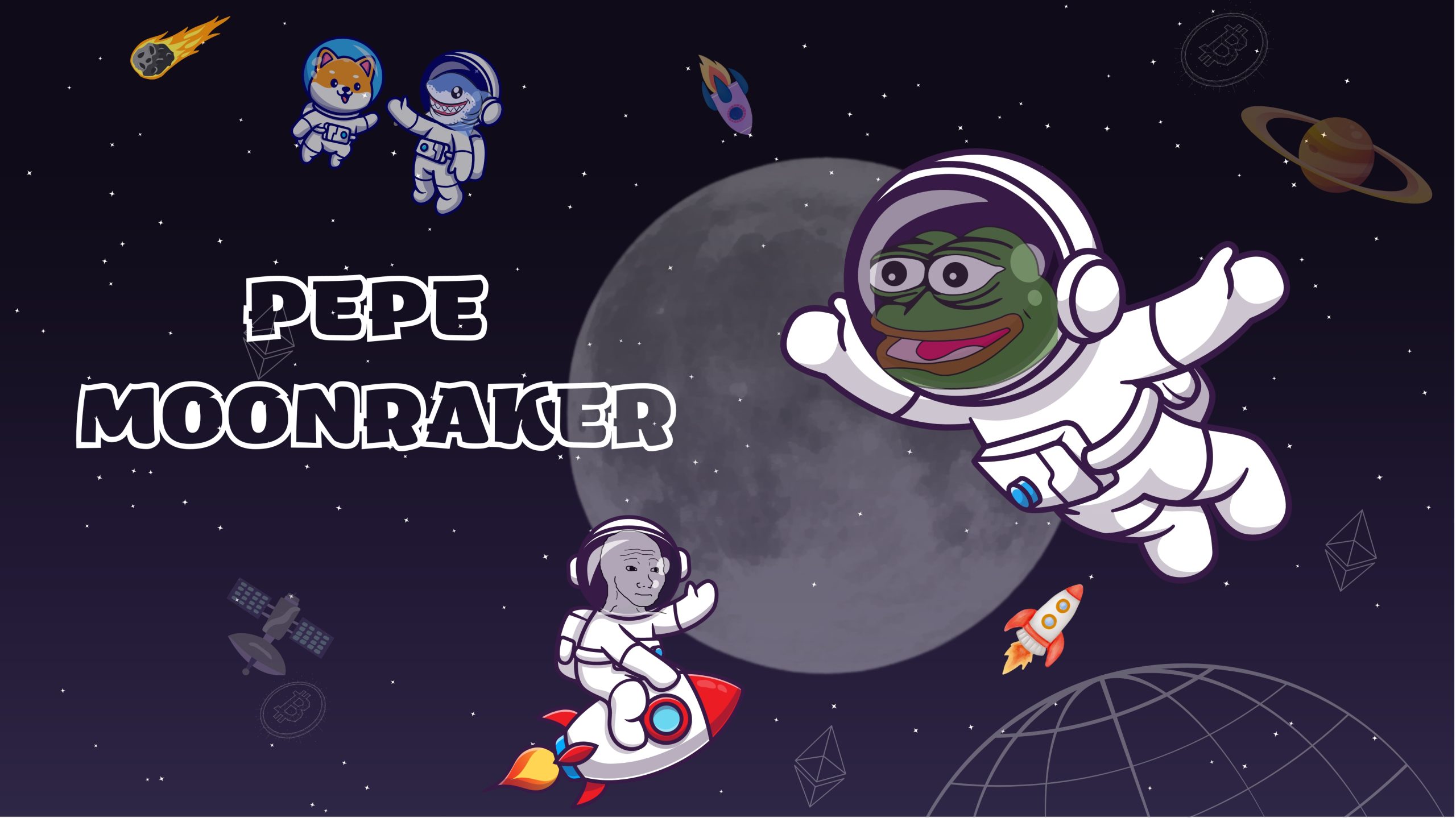The gaming industry stands on the brink of a revolutionary change, driven by the convergence of blockchain technology and Web3 principles. This transformation is not just about new features or gimmicks but represents a fundamental shift in how games are designed, played, and monetized. As Web3 gaming becomes increasingly prominent, it’s essential to delve deeper into how this new paradigm is reshaping the landscape of interactive entertainment.
The Dawn of Decentralized Gaming
Traditional gaming has long been characterized by centralized control, where developers and publishers wield significant power over game content, player data, and economic systems. Web3 gaming introduces a decentralized model that disrupts this status quo. By leveraging blockchain technology, Web3 games create a distributed network where control is spread across multiple nodes rather than being concentrated in a single entity.
This decentralization empowers players in unprecedented ways. In traditional games, in-game assets—such as characters, weapons, and items—exist solely within the confines of the game’s ecosystem. Players might spend significant time and money on these assets, but their ownership is limited to the game itself. With Web3, these assets are tokenized as non-fungible tokens (NFTs) on a blockchain. This tokenization confers true ownership, allowing players to trade, sell, or even use their assets across different games and platforms.
The New Economy of Play-to-Earn
One of the most significant innovations introduced by Web3 gaming is the play-to-earn (P2E) model. Unlike traditional gaming, where players’ time and effort do not translate into direct financial benefits, P2E games offer players tangible rewards. In Web3 games, players can earn cryptocurrency or valuable NFTs through their in-game activities. This model creates a new economic ecosystem where gaming becomes a viable avenue for financial gain.
The P2E model has several implications. For one, it democratizes access to wealth creation. Gamers from diverse backgrounds can now earn money by participating in virtual worlds, creating new opportunities for financial inclusion. Moreover, the P2E model incentivizes engagement and skill development. Players who invest time and effort can see real-world benefits, fostering a deeper connection to the game and its community.
Governance and Community Involvement
Another groundbreaking aspect of Web3 gaming is the use of decentralized autonomous organizations (DAOs) for governance. In traditional games, decision-making power is concentrated in the hands of developers and publishers. Web3 gaming shifts this power dynamic by involving players directly in the decision-making process. DAOs allow players to vote on key issues such as game updates, feature additions, and community policies.
This democratic approach aligns the interests of players with those of developers. By giving players a stake in the game’s development, DAOs foster a sense of ownership and community. This involvement not only enhances player satisfaction but also encourages a more vibrant and active player base.
Economic Innovations and Opportunities
The integration of blockchain technology in gaming also paves the way for innovative economic models. For example, Web3 games often incorporate in-game economies that mirror real-world financial systems. Players can earn, spend, and invest digital assets within the game, creating a dynamic marketplace that reflects supply and demand.
Additionally, Web3 gaming opens doors to new business opportunities for developers. Token sales, initial game offerings (IGOs), and in-game asset marketplaces provide alternative revenue streams beyond traditional sales and in-app purchases. This diversification allows developers to explore creative monetization strategies and build sustainable business models.
Addressing Challenges and Future Prospects
Despite its potential, Web3 gaming faces several challenges. Scalability remains a significant issue, as blockchain networks need to handle large volumes of transactions quickly and efficiently. User experience is another concern, as the complexity of blockchain technology can be intimidating for newcomers. Additionally, regulatory uncertainty surrounding cryptocurrencies and NFTs poses potential hurdles.
However, ongoing advancements in blockchain technology and infrastructure are addressing these challenges. Solutions such as layer-2 scaling and improved user interfaces are making Web3 gaming more accessible and efficient. Furthermore, regulatory clarity is gradually emerging, providing a more stable environment for innovation.
A New Era of Gaming
As Web3 gaming continues to evolve, it is clear that it represents a paradigm shift in the industry. By leveraging blockchain technology, decentralized systems, and new economic models, Web3 games are creating a more inclusive, transparent, and player-driven gaming experience. The future of gaming is being rewritten, and with it, a new era of digital interaction and value creation is dawning.
In this new era, players are not just participants but active contributors to a thriving digital economy. As blockchain technology and Web3 principles continue to advance, the possibilities for gaming are boundless. The journey of Web3 gaming is only just beginning, and it promises to redefine the way we play, interact, and thrive in virtual worlds.

